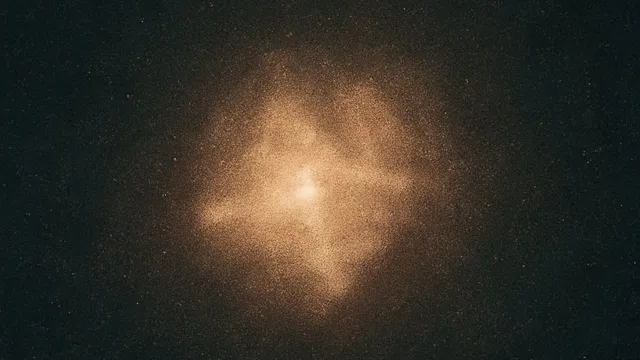- By Supratik Das
- Mon, 24 Nov 2025 12:50 PM (IST)
- Source:JND
Interstellar Comet 3i/Atlas: Fresh footage of the interstellar comet 3I/ATLAS has sparked a surge of online interest after amateur astronomers shared clips that appeared to show a rotating pattern around the object.
Shifting arcs of light, faint circular structures, and changing dust brightness inside the coma have encouraged some viewers to speculate that the comet may be spinning. Experts, however, urge patience until formal observations confirm what the early visuals suggest.
Online Clips Trigger Talks Of Sudden Spin
The first round of videos, captured by astrophotographers using long-exposure and stacked-image techniques, showed subtle variations in the shape of the coma. When viewed in sequence, the changes create a sense of slow, sweeping movement. One comparison video, posted across multiple platforms, showed two nights of observations in which the inner dust cloud appeared to shift sideways, adding to the perception of rotation.
🚨 3I/ATLAS: NEW FOOTAGE!
— 3I/ATLAS WHISTLE BLOWER (@3IATLASEXPOSED) November 21, 2025
New footage clearly shows a spinning structure.
Alot like what was captured by ESA’s ExoMars Orbiter.
Do we have confirmation this is not a comet?
Source 📸 : Diego San Araujo#3IATLAS #3IAtlasExposed #Space #UFOx pic.twitter.com/fPmJSAdhi3
These visuals quickly spread across astronomy groups, with several users pointing out what looked like layered rings or slow “twisting” in the dust envelope. As the posts multiplied, discussions intensified around whether 3I/ATLAS was undergoing complex rotational behaviour.
Though professional astronomers advise caution, noting that long exposures can introduce effects that mimic motion. Even minor tracking drift, atmospheric turbulence or shifting dust jets can exaggerate movement in the stacked images. Since a coma is a diffuse cloud of gas, its shape naturally fluctuates; when images from different moments are aligned, these changes can appear as circular motion. International teams monitoring 3I/ATLAS report no verified signs of rapid or abnormal rotation.
In the latest capture, 3I/ATLAS shows a motion pattern that resembles five objects circling a center.
— Space and Technology (@spaceandtech_) November 18, 2025
Stacked images reveal shifting coma patterns, dust jets, and inner-core movement that create this rotating effect.
Video Credit: Rays Astrophotography pic.twitter.com/DvVDdkBQG1
Scientists Dismiss Talk of ‘Alien Craft’
The Physical Research Laboratory (PRL) under India’s Department of Space released new observations recorded between November 12 and 15 from its Mount Abu telescope. According to ISRO, the imaging and spectroscopic data confirm that 3I/ATLAS displays all the characteristics of a standard comet, including a clear coma and expected gas emissions.
NASA on Wednesday also published new images captured by several observatories, including the Hubble Space Telescope, the James Webb Space Telescope, and Mars-orbiting satellites. Nicola Fox, Associate Administrator at NASA’s Science Mission Directorate, said the agency found “no technosignatures or anomalies” that would suggest anything other than a natural object. “It behaves exactly like a comet. We have seen nothing to indicate that it is artificial or unusual,” Fox stated.
Amit Kshatriya, another senior NASA official, added that all available data “points firmly to a cometary origin.” Indian scientists reported observing a near-circular coma, the cloud of gas and dust generated as sunlight heats the comet’s icy nucleus. Spectra collected during the observations showed strong emission bands of CN, C2, and C3, molecules typically present in solar system comets.

